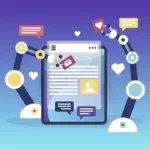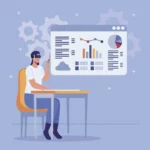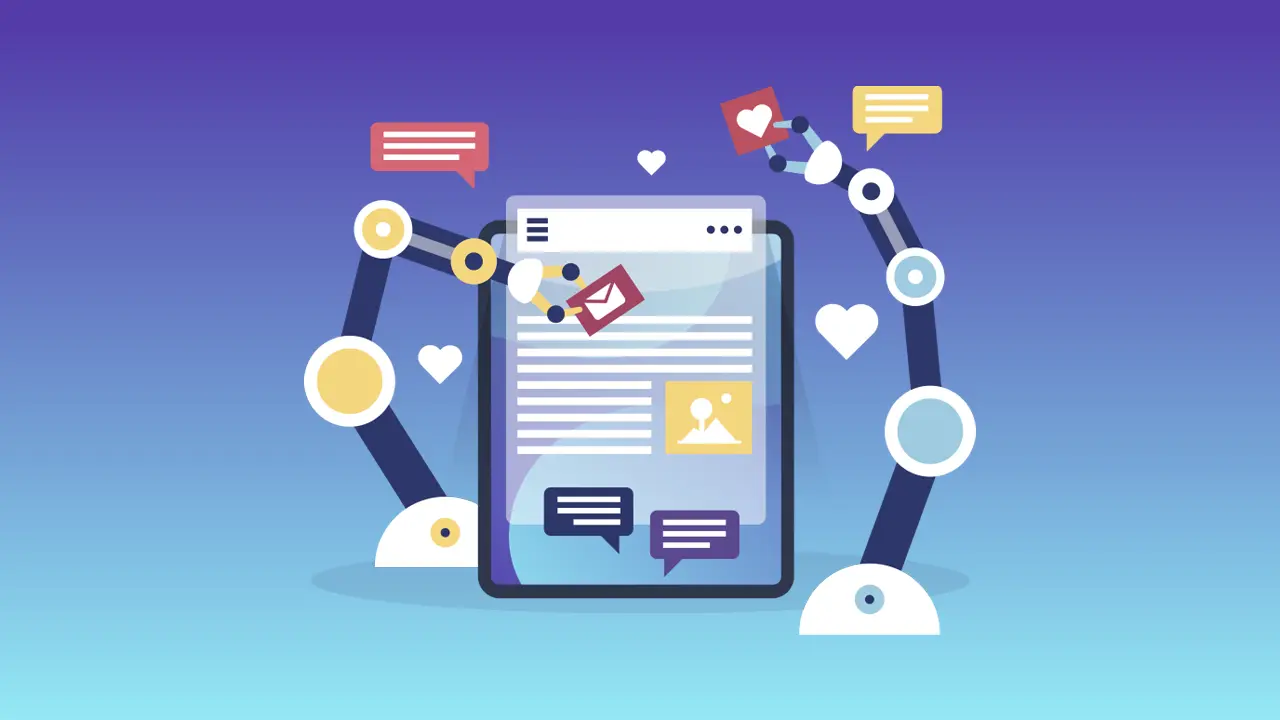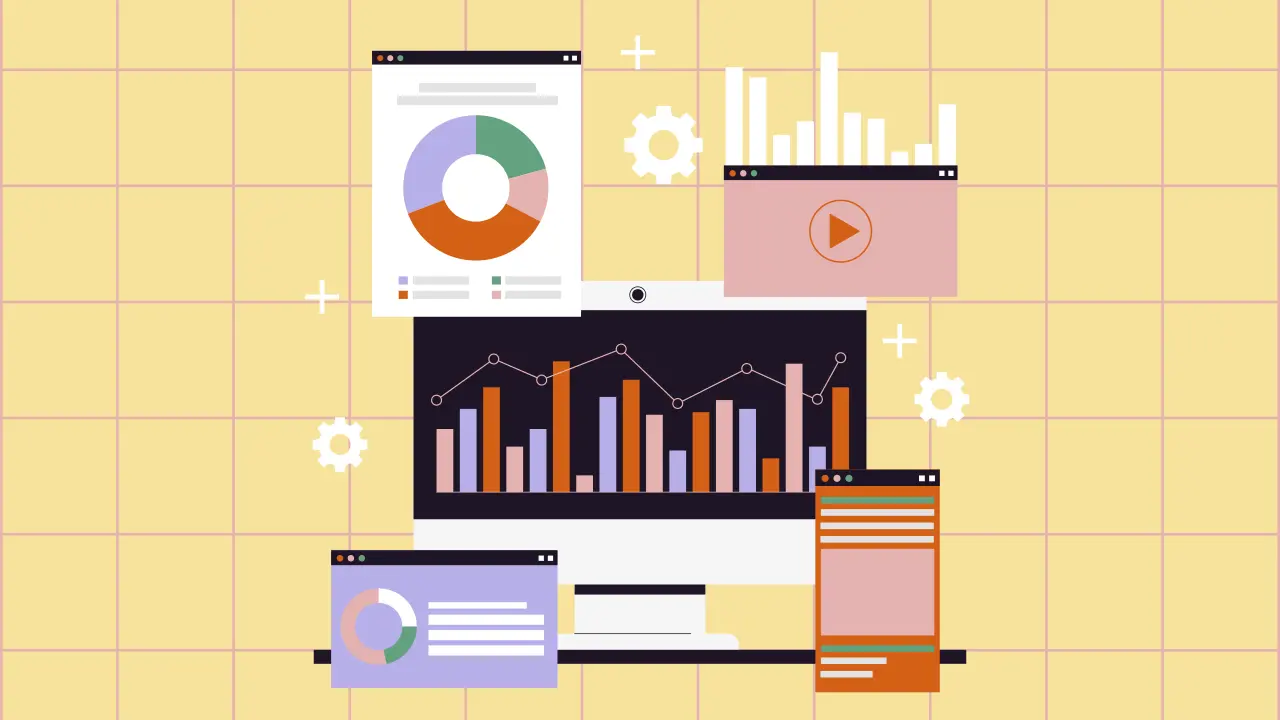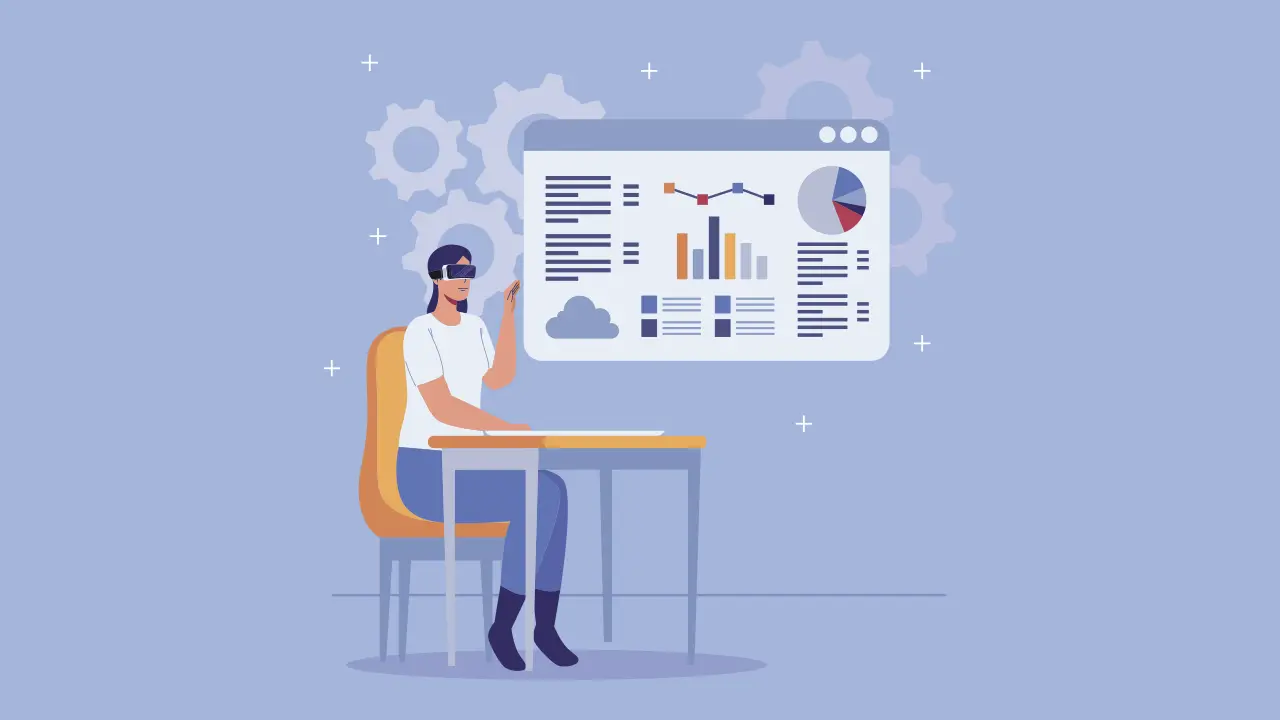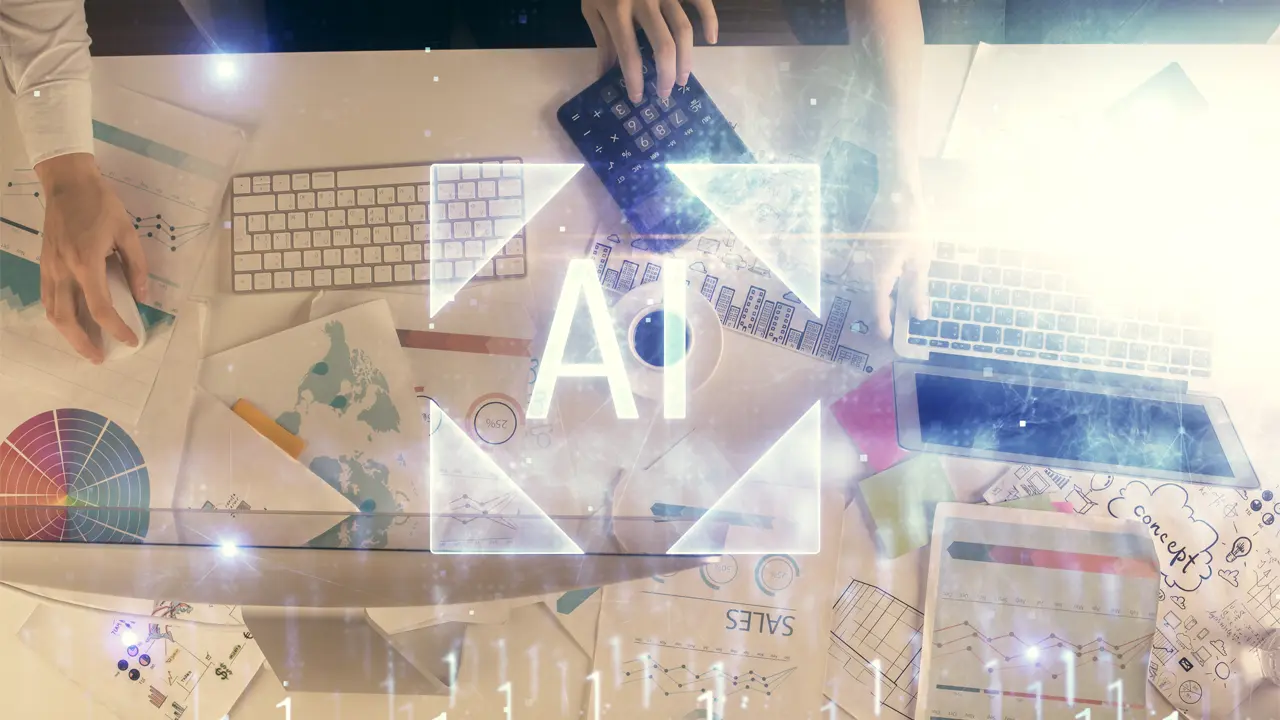An AI image generator for marketing is transforming how brands create visual content, enabling marketers to produce stunning graphics in minutes rather than hours. These AI-powered tools are quickly becoming essential for campaigns that need to move fast while maintaining visual impact.
Marketing teams today face constant pressure to deliver fresh, engaging content across multiple channels. Traditional photo shoots and graphic design processes can drain budgets and slow campaign launches, making AI image generators an increasingly attractive solution for modern marketing challenges.
Why marketers are turning to AI image generators
The marketing landscape has shifted dramatically in recent years. According to a 2024 report by Influencer Marketing Hub, 44.4% of marketers are already using AI for content creation, with image generation being one of the most popular applications.
AI image generators offer several compelling advantages for marketing teams:
- Speed and efficiency: Create dozens of variations in the time it would take to brief a designer for one concept
- Cost savings: Reduce expenses on stock photography, photoshoots, and extensive design revisions
- Unlimited iterations: Test different visual approaches without additional resource investment
- Consistent brand aesthetics: Maintain visual coherence across campaigns with trained parameters
These tools democratize creative production, allowing smaller teams to compete with larger organizations’ visual output.
How AI image generators enhance marketing campaigns

The practical applications of AI image generation span nearly every aspect of modern marketing strategy. From daily social media posts to large-scale advertising campaigns, these tools are reshaping how brands connect with their audiences through visual storytelling.
Let’s explore the specific ways marketers are leveraging AI-generated imagery to drive measurable results across different channels and campaign types.
Social media marketing at scale
Social platforms demand constant content refreshes. An AI image generator for marketing enables brands to create platform-specific visuals that match each channel’s unique requirements and audience expectations.
Whether you need square posts for Instagram, vertical stories, or horizontal LinkedIn banners, AI generators can produce optimized formats instantly. This flexibility is particularly valuable for A/B testing visual elements to identify what resonates with specific audience segments.
Personalized visual content
Marketing personalization continues to drive better results, with McKinsey research showing that 71% of consumers expect personalized interactions from brands. AI image generators make it feasible to create personalized visuals for different customer segments, regions, or even individual users at scale.
Consider an e-commerce brand that wants to showcase products in various lifestyle contexts. Instead of organizing multiple photo shoots, marketers can generate images showing their products in different settings, seasons, or with diverse representations.
Rapid campaign prototyping
Before committing significant resources to a full campaign, marketers can use AI generators to visualize concepts quickly. This rapid prototyping allows teams to present multiple creative directions to stakeholders and gather feedback before moving into production.
The ability to iterate visually in real-time transforms creative meetings from abstract discussions into concrete decision-making sessions.
Top AI image generators marketers use most

The market offers numerous AI image generation platforms, each with distinct strengths for marketing applications. Understanding which tools industry professionals favor can help narrow your selection process.
According to testing and reviews from HubSpot’s marketing team, several platforms consistently rise to the top for marketing use cases:
Adobe Firefly
Adobe Firefly stands out for delivering highly realistic photos and professional artistic images with exceptional detail quality. The platform integrates seamlessly with Adobe’s creative suite and offers commercial licensing, making it particularly valuable for marketers already invested in Adobe’s ecosystem.
DALL-E 3
DALL-E 3 from OpenAI excels at understanding complex prompts and generating detailed, accurate imagery. Available through ChatGPT Plus subscriptions, it allows users to edit specific image details, though it generates only one image per prompt compared to competitors that offer multiple options.
Microsoft Designer
Microsoft Designer leverages DALL-E technology while offering user-friendly templates specifically designed for social media posts, invitations, and digital graphics. The platform provides 15 free generations daily, making it accessible for small teams testing AI image generation.
Midjourney
Midjourney has built a reputation for creating highly artistic and stylized images favored by creative professionals. While it operates through Discord rather than a traditional interface, its output quality for imaginative concepts remains industry-leading.
Canva Magic Design
Canva Magic Design brings AI image generation directly into Canva’s familiar design platform, allowing marketers to generate and immediately incorporate visuals into broader design projects without switching tools.
Each platform serves different marketing needs—from quick social media graphics to professional campaign imagery—so the best AI image generator often depends on your specific workflow and content requirements.
Choosing the best AI image generator for your marketing needs
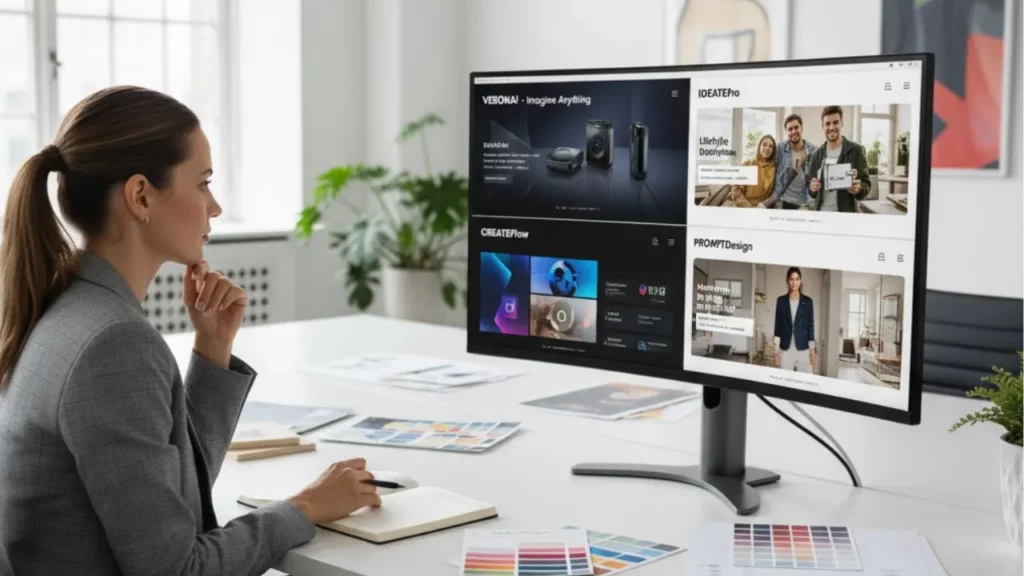
Not all AI image generation tools are created equal for marketing purposes. When evaluating the best AI image generator for your campaigns, consider these factors:
Commercial usage rights
Ensure the platform provides clear commercial licensing. Marketing content requires legal clarity, and ambiguous usage terms can create significant risks. Most professional-grade AI image generators now offer commercial licenses, but always verify terms before using generated images in paid campaigns.
Brand consistency features
Look for tools that allow you to train or fine-tune models on your brand’s visual identity. This capability ensures generated images align with your established aesthetic guidelines, color palettes, and overall brand personality.
Integration capabilities
The best AI image generator for marketing should integrate smoothly with your existing workflow. Consider platforms that connect with your design tools, digital asset management systems, and marketing automation platforms.
As you build comprehensive marketing campaigns, combining AI-generated images with other AI-powered tools creates even more efficiency. For instance, pairing your visuals with an online video editor that includes AI voice capabilities allows you to transform static images into engaging video content without extensive production resources.
Best practices for using AI-generated images in marketing

Successfully integrating AI-generated visuals into your marketing strategy requires more than just technical know-how. It demands a thoughtful approach that balances innovation with responsibility, efficiency with authenticity, and automation with human oversight.
The following best practices will help you maximize the benefits of AI image generation while avoiding common pitfalls that can undermine campaign effectiveness or damage brand reputation.
Maintain authenticity and transparency
While AI-generated images offer incredible flexibility, authenticity remains crucial for brand trust. A 2024 study published in the Journal of Marketing Research found that consumers respond more positively to brands that are transparent about their use of AI in content creation.
Consider disclosing AI usage when appropriate, particularly in industries where authenticity is central to brand identity. This transparency can actually enhance credibility rather than diminish it.
Combine AI with human creativity
The most successful marketing campaigns use AI as a tool to enhance human creativity, not replace it.
AI image generators can help marketers overcome creative blocks by exploring unexpected visual directions, handling repetitive design tasks so humans can focus on strategy, and expanding creative possibilities beyond what’s possible with traditional methods.
Still, the strategic thinking, emotional intelligence, and cultural understanding that human marketers bring remain irreplaceable.
Quality control and refinement
Not every AI-generated image will be campaign-ready, which makes a clear review process essential. This should include checks for brand guideline compliance, technical quality such as resolution and consistency, and cultural sensitivity to avoid unintended meanings or stereotypes.
Legal clearance may also be necessary for any recognizable elements. Many marketing teams use AI-generated images as a starting point and then refine them with human designers to achieve the right balance of efficiency and quality.
Integrating AI image generators into your marketing workflow
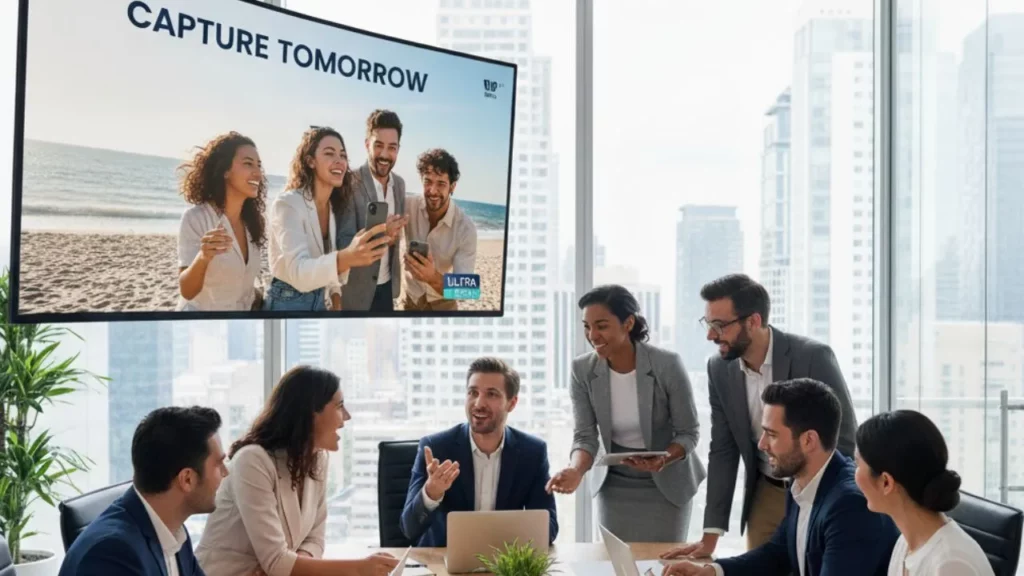
Begin incorporating AI image generation in lower-risk applications like social media posts, blog illustrations, or internal presentations. This approach allows your team to develop proficiency with the tools and understand their capabilities without pressure.
As confidence grows, gradually expand usage to more prominent campaign elements.
Develop prompt engineering skills
The quality of AI-generated images depends heavily on prompt quality. Invest time in training your team to write effective prompts that include:
- Specific visual style references (photography style, artistic movement, mood)
- Detailed subject descriptions
- Composition and framing guidance
- Color and lighting preferences
Creating a shared prompt library for common marketing needs accelerates the process and ensures consistency across team members.
Create an AI asset management system
As you generate images, establish a system for organizing, tagging, and storing AI-created assets. This organization prevents duplication of effort and makes it easy to find and repurpose previous work.
Include metadata about prompts used, generation parameters, and licensing information for each asset.
The future of AI image generation in marketing
AI image generation technology continues evolving rapidly. Emerging capabilities on the horizon include:
- Real-time generation: Create and modify images during live presentations or customer interactions
- Video integration: Seamlessly extend static image generation to motion graphics and video content, particularly when combined with platforms offering the best AI video generator capabilities
- Multi-modal creation: Generate coordinated visual and audio content simultaneously for fully integrated campaigns
According to Gartner’s predictions, by 2025, 30% of outbound marketing messages from large organizations will be synthetically generated, up from less than 2% in 2022.
This rapid adoption suggests that proficiency with AI image generators will soon be an expected core competency for marketing professionals rather than a differentiating skill.
Measuring the impact of AI-generated visuals

To justify continued investment in AI image generation tools, track these key performance indicators:
- Production time reduction: Compare the time spent creating visuals before and after AI adoption
- Cost per asset: Calculate the total cost of generating images, including tool subscriptions and staff time
- Campaign performance metrics: Monitor whether AI-generated visuals perform as well as traditionally created content in terms of engagement, clicks, and conversions
- Creative output volume: Measure the increase in total assets produced, enabling more testing and optimization
Set clear benchmarks before implementing AI image generators so you can demonstrate ROI to stakeholders.
Overcoming common challenges
While AI image generators offer tremendous potential for marketing teams, implementation isn’t without obstacles. Understanding these challenges upfront and having strategies to address them ensures smoother adoption and better long-term results.
The most successful marketing teams view these challenges not as roadblocks but as opportunities to refine their approach and develop competitive advantages in how they leverage AI technology.
Avoiding generic AI aesthetics
One common criticism of AI-generated imagery is that it can develop a recognizable “AI look” that feels generic.
The best way to combat this is by using highly specific prompts that incorporate your unique brand elements, combining AI generation with human editing and customization, and, when possible, training custom models on your brand’s own visual library.
The goal is to make AI-generated images indistinguishable from the rest of your brand content in both quality and distinctiveness.
Managing team adoption
Some creative professionals feel threatened by AI image generators, worrying about job displacement. It’s important to address this concern proactively by framing AI as a tool that removes tedious tasks and amplifies creativity.
Providing training ensures all team members can confidently use these tools, while highlighting real examples where AI-enabled creative outcomes that weren’t possible before help shift the perception.
Positioning AI adoption as an opportunity for professional growth rather than a threat encourages a healthier, more collaborative team mindset.
Getting started with AI image generators for marketing
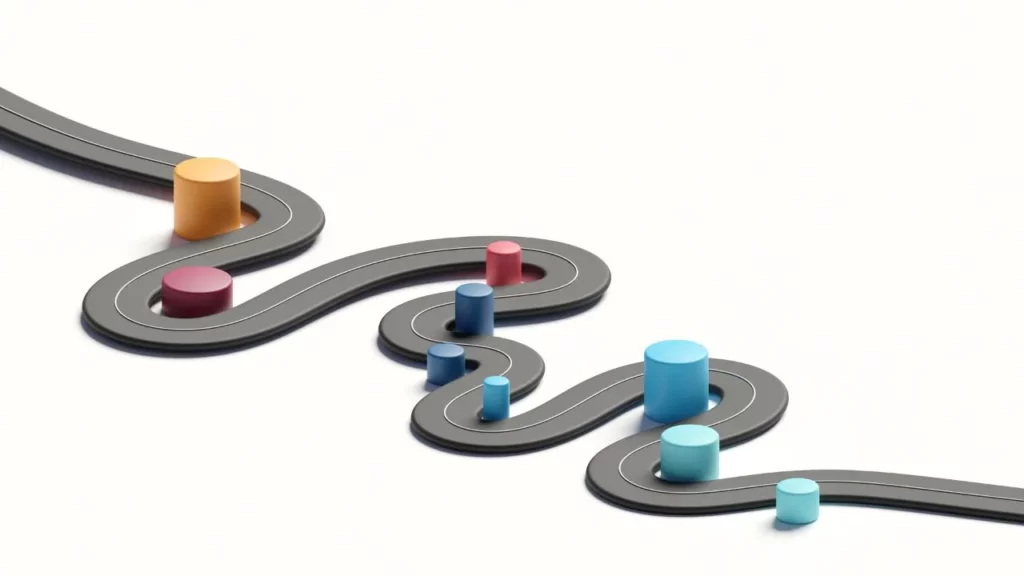
Ready to incorporate an AI image generator for marketing into your campaigns? Follow this implementation roadmap:
- Audit your current visual content needs: Identify which types of images consume the most time and resources
- Research platform options: Test several tools to find the best AI image generator for your specific requirements
- Start a pilot program: Select one campaign or content type for initial AI integration
- Develop internal guidelines: Create documentation on when and how to use AI-generated images
- Measure and iterate: Track results and refine your approach based on performance data
- Scale gradually: Expand AI image generation to additional marketing applications as expertise grows
The marketing teams seeing the greatest success with AI image generators are those that approach implementation thoughtfully, with clear objectives and realistic expectations.
Key Takeaways
AI image generators represent a fundamental shift in how marketing teams create visual content. These tools offer unprecedented speed, flexibility, and cost-efficiency while enabling creative experimentation that was previously impractical.
The best AI image generator for your marketing needs will depend on your specific requirements, budget, and existing workflow. What matters most is starting the journey of integration now, as AI-powered content creation rapidly shifts from a competitive advantage to a baseline expectation.
As you build more sophisticated campaigns, remember that combining AI-generated images with other AI tools—like voice generation and video editing platforms—creates compounding efficiency gains that transform what’s possible for marketing teams of any size.
The future of marketing is increasingly AI-assisted, but ultimately still human-led. Use these powerful tools to amplify your creativity, accelerate your output, and achieve campaign results that were previously out of reach.


